Financial Situation
Financial Situation is a supplementary module in Minos. It is based on the finnow variable from Understanding Society, which represents an individuals current subjective financial situation. There are 5 levels of response; Living comfortably (1), Doing alright (2), Just about getting by (3), Finding it quite difficult (4), Finding it very difficult (5).
#discrete_barplot(obs, 'loneliness')
order <- c(1, 2, 3, 4, 5)
discrete_barplot(obs, order)
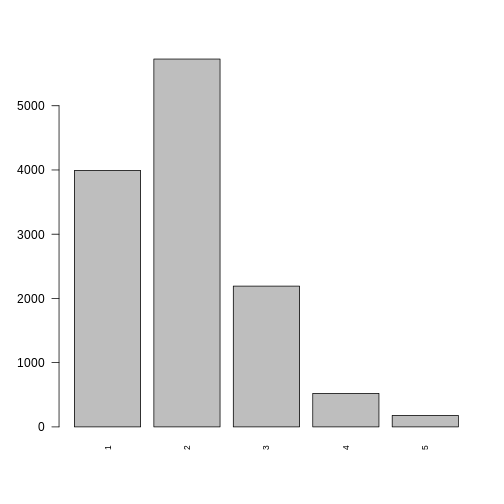
Fig. 50 plot of chunk fsitch_data
Transition Model
To predict the next state of financial_situation we use a Random Forest Ordinal model from the ranger package in R.
Formula:
plot_rfo_importance(model)
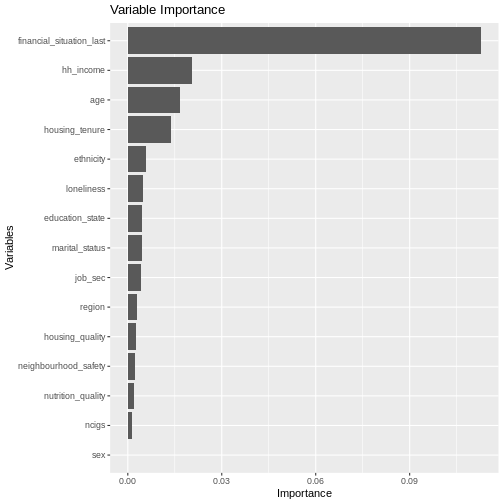
Fig. 51 plot of chunk fsitch_model_summary
Validation
handover_ordinal(raw.dat, base.dat, v)
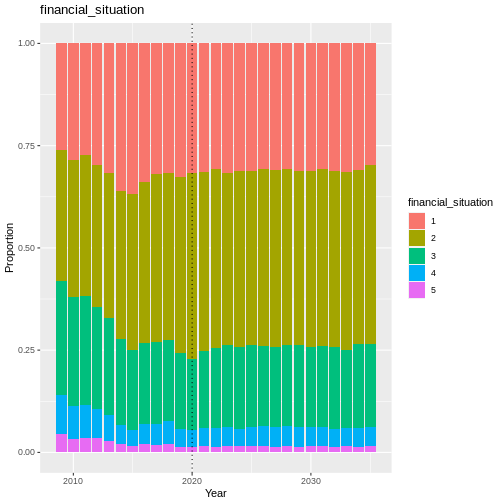
Fig. 52 plot of chunk fsitch_validation
pivoted <- combine_and_pivot_long(df1 = cv,
df1.name = 'simulated',
df2 = raw,
df2.name = 'raw',
var = v)
cv_ordinal_plots(pivoted.df = pivoted,
var = v,
save = FALSE)
## `summarise()` has grouped output by 'time', 'scenario'. You can override using
## the `.groups` argument.
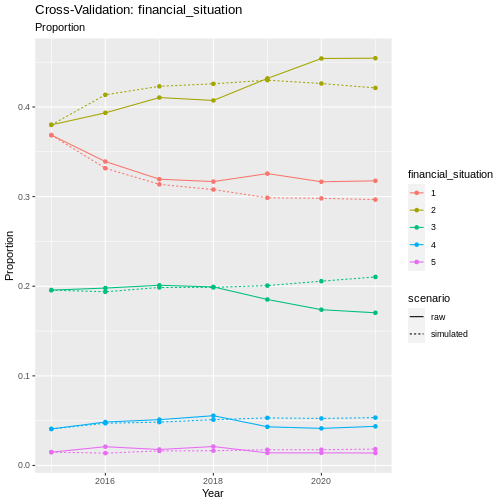
Fig. 53 plot of chunk fsitch_cv
Results
Random Forest Ordinal models from the ranger package cannot provide a summary like some other models can, so instead we will look at plots of observed vs predicted values as well as the importance of each variable in the resulting model.
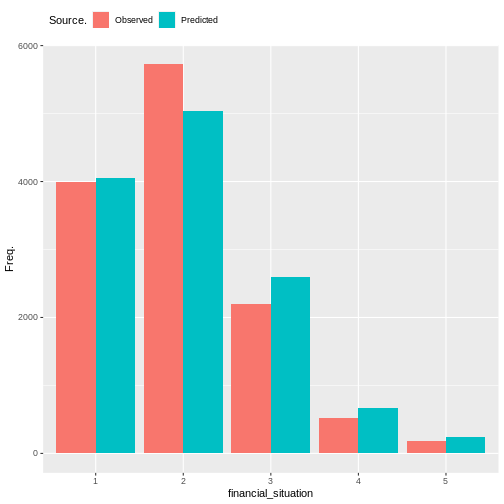
Fig. 54 plot of chunk fsitch_output
cumulative_link_plot(obs, preds)
## `geom_smooth()` using formula = 'y ~ x'
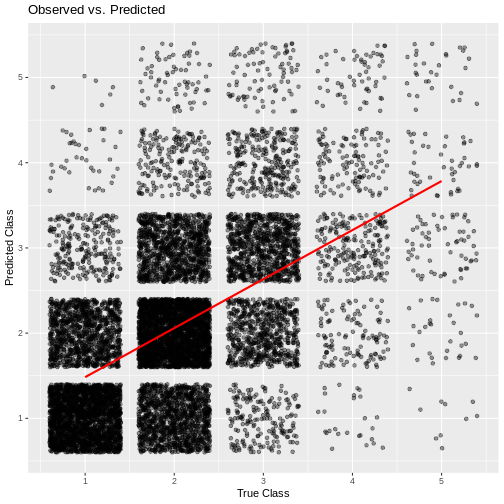
Fig. 55 plot of chunk fsitch_performance